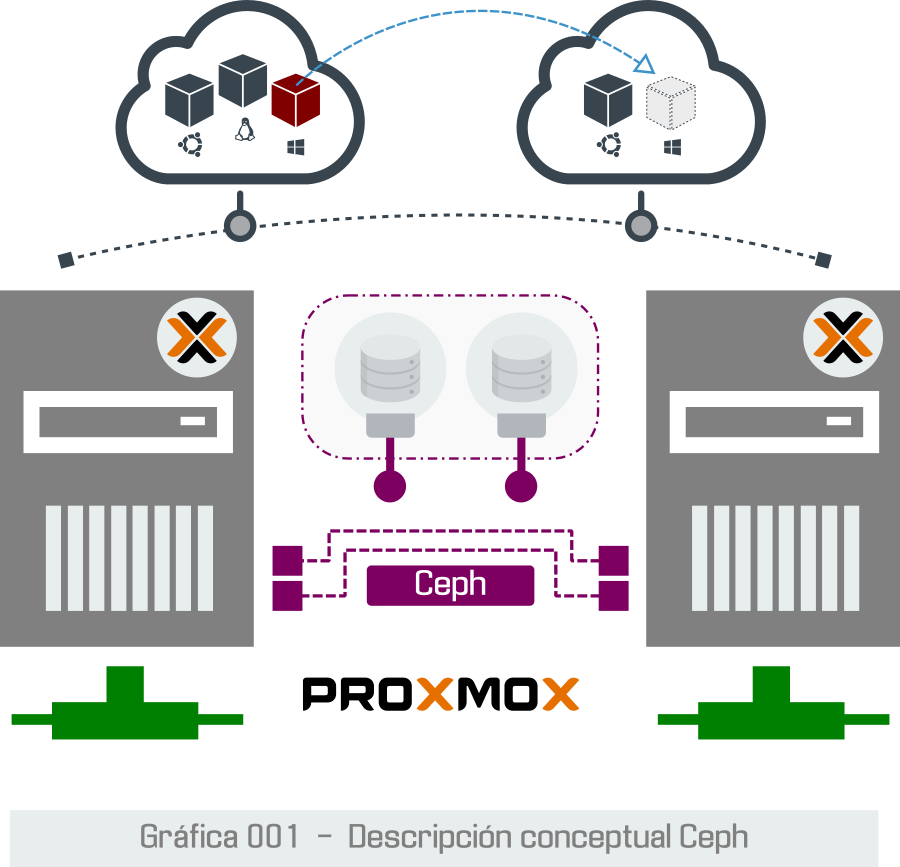Building Hypervisor Infrastructure with Proxmox and Ceph

Written by Rajendra Acharya, Platform Engineer
Why Proxmox and Ceph?
Proxmox Virtual Environment (PVE) is a powerful, open-source platform for managing virtual machines and containers. Combined with Ceph, a distributed storage system, you can achieve:
- High Availability (HA): Minimized downtime with automatic failover.
- Scalability: Seamless expansion of compute and storage resources.
- Cost-Effectiveness: Open-source and community-driven solutions.
This combination is ideal for enterprises, startups, and enthusiasts looking to build a production-grade hypervisor infrastructure.
Setting Up Proxmox Infrastructure
Step 1: Install Proxmox VE
- Download ISO: Download the Proxmox VE ISO.
- Install: Burn the ISO to a USB drive or use PXE boot, and install it on your server hardware.
- Initial Configuration:
- Set up the hostname, IP address, and root password.
- Ensure proper network configuration for management.
Step 2: Network Configuration
- Use a bonded interface for redundancy.
- Create separate VLANs for:
- Management traffic.
- Ceph storage traffic.
- VM data traffic.
Setting Up Ceph for Distributed Storage
Step 1: Prepare Proxmox Nodes
- Ensure at least three Proxmox nodes for a reliable Ceph cluster.
- Install additional disks on each node for Ceph’s OSDs (Object Storage Daemons).
Step 2: Install and Configure Ceph
- Enable Ceph:
- Navigate to Datacenter → Ceph in the Proxmox web interface.
- Initialize the Ceph cluster.
- Deploy OSDs:
- Add the dedicated disks to the Ceph cluster via Ceph → OSD.
- Setup Monitors (MONs):
- Add at least three monitor nodes for quorum and cluster reliability.
- Configure Ceph Pools:
- Create pools for storage, defining redundancy settings like replication or erasure coding.
Integrating Ceph with Proxmox
Step 1: Add Ceph Storage to Proxmox
- Go to Datacenter → Storage, and add Ceph RBD as a new storage type.
- Test connectivity and ensure proper pool access.
Step 2: Migrate VM Storage
- Move VM disks to the Ceph RBD pool for centralized storage and HA.
High Availability and Maintenance
Configure HA in Proxmox
- Use HA Groups to define failover priorities.
- Ensure fencing devices or quorum settings are configured to avoid split-brain scenarios.
Regular Maintenance
- Monitor the health of the Ceph cluster (
ceph status). - Use the Proxmox dashboard to monitor and manage VM performance.
The Take-Away
Building a hypervisor infrastructure with Proxmox and Ceph is a rewarding experience that blends the power of open-source tools with enterprise-grade features. While the initial setup requires thoughtful planning, the result is a resilient, scalable, and cost-effective environment.
Related Reading
- Proxmox VE Documentation
- Ceph Documentation
- Ceph Storage Basics
- Building a Hyper-Converged Infrastructure
By understanding and implementing these systems, you not only gain valuable experience but also the satisfaction of running an infrastructure that rivals commercial offerings in performance and reliability.

